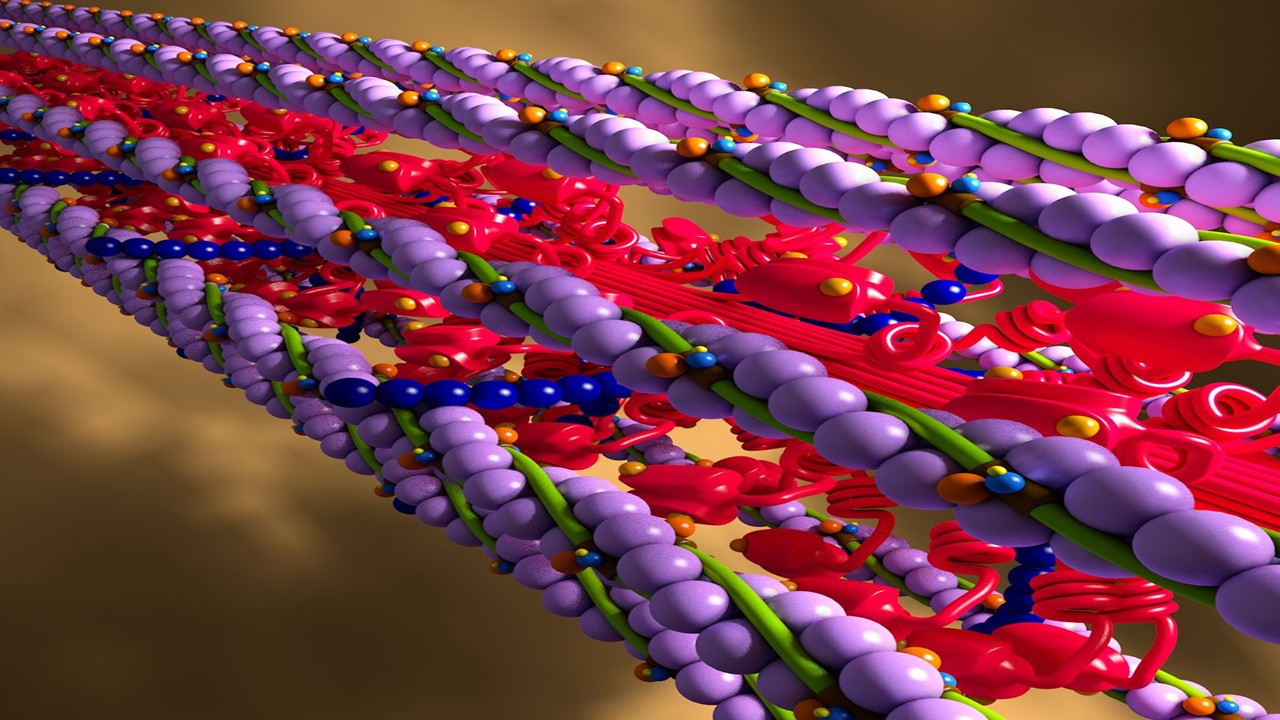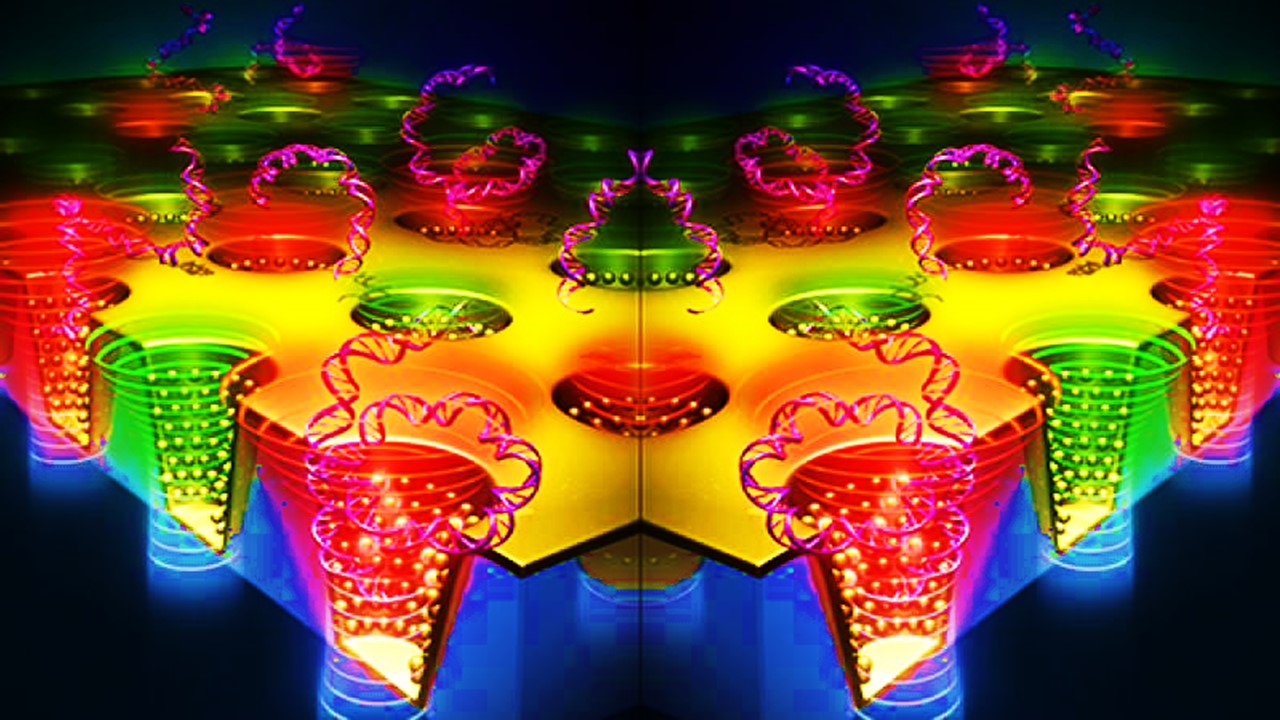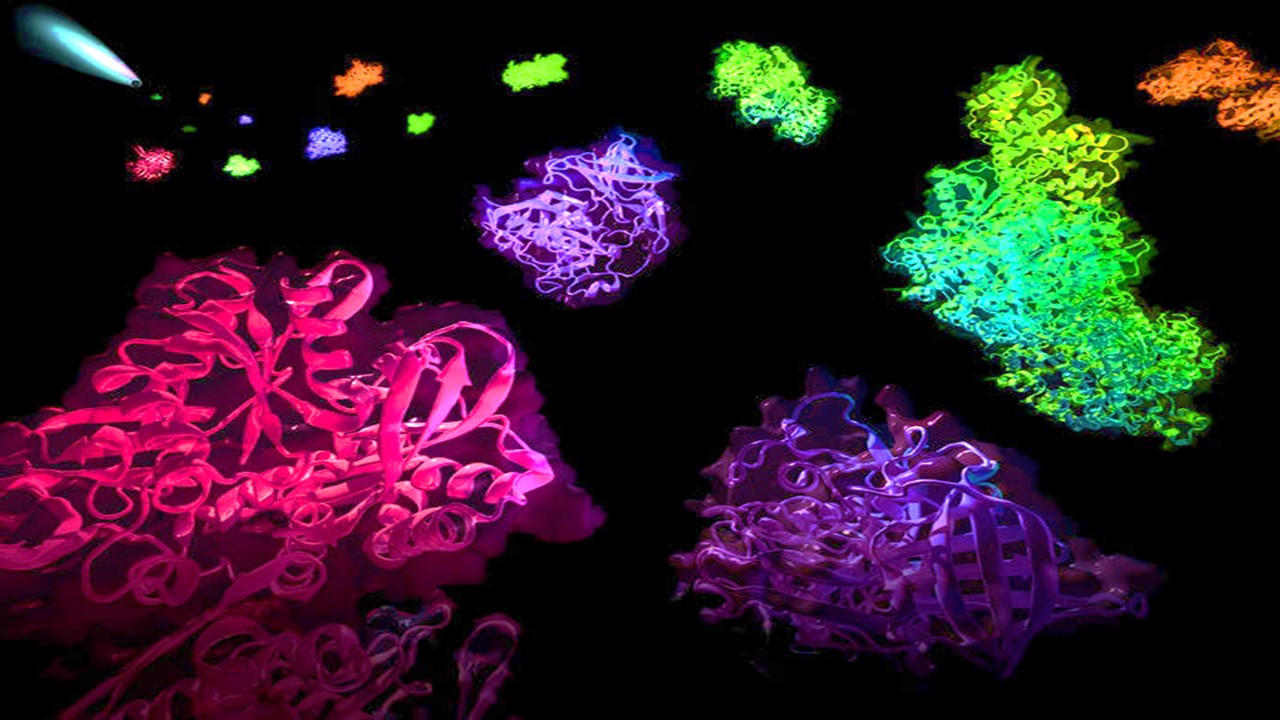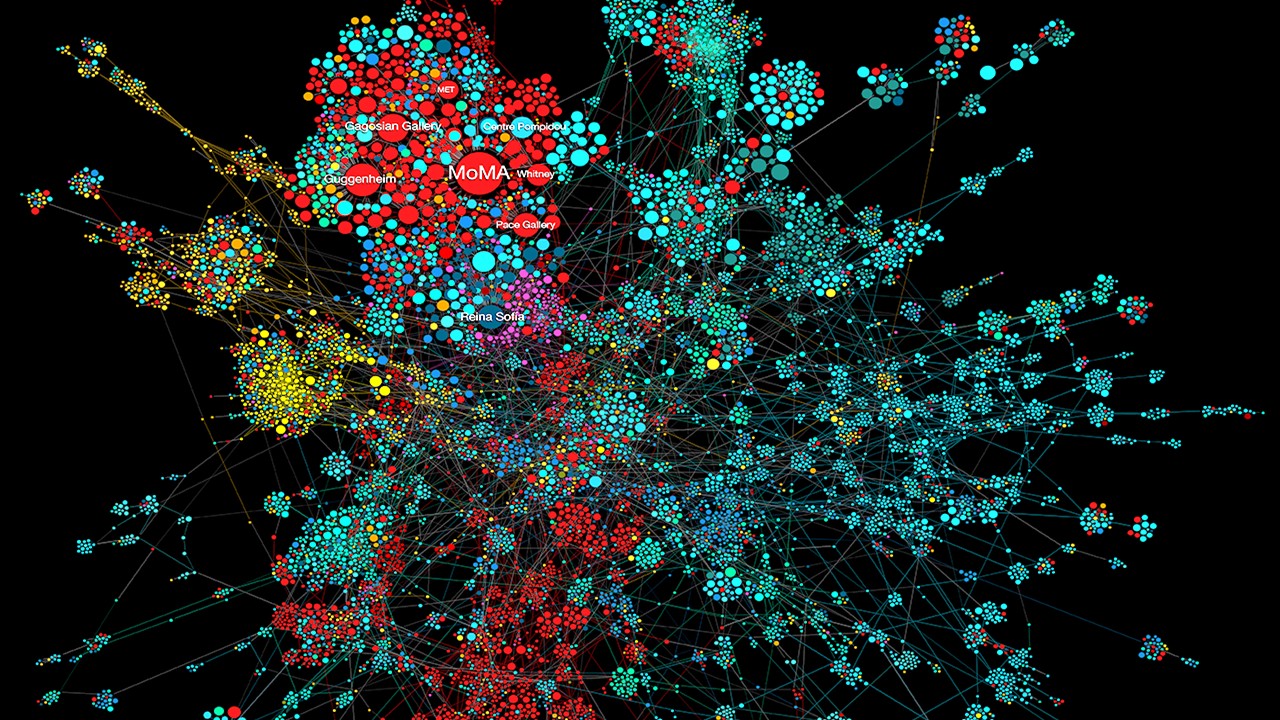Navigating the Complexity of GPCR Drug Design
G protein-coupled receptors (GPCRs) dominate the landscape of modern pharmacology, controlling a vast array of physiological processes and serving as the targets for more than a third of all approved drugs. Their ubiquity in biological signaling pathways makes them invaluable for therapeutic intervention, yet this very characteristic also creates a formidable challenge: selectivity. The ability to design molecules that engage desired GPCR targets while avoiding closely related off-targets remains one of the most persistent bottlenecks in drug discovery.
A recent study investigating structure-based docking for focused polypharmacology—where ligands are designed to engage multiple therapeutic targets while avoiding antitargets—has highlighted the limitations of current computational methods. By screening vast chemical libraries against the dopamine D2 receptor (DRD2) and the serotonin 5-HT2A receptor (HTR2A) while aiming to exclude activity at the histamine H1 receptor (HRH1), researchers sought to identify selective dual-target ligands with minimal off-target activity. A second campaign sought selective κ-opioid receptor (KOR) ligands without activity at the μ-opioid receptor (MOR). The results were surprising: not only did docking successfully identify molecules that engaged the desired targets, but many of these compounds also displayed strong affinity for the off-targets, undermining the very goal of selectivity.
This unexpected outcome raises fundamental questions about the effectiveness of in silico screening for GPCR selectivity. While AI-driven docking methods excel at finding molecules that fit within a target’s binding site, they struggle to accurately predict which compounds will avoid binding to structurally similar antitargets. The study suggests that achieving selectivity may require fundamentally new approaches, from improved receptor modeling to novel scoring functions that better account for the nuances of GPCR-ligand interactions.
The Dual-Target Challenge: A Test Case for Structure-Based Docking
The search for drugs that modulate multiple GPCR targets is an increasingly common strategy in psychiatric and neurological drug discovery. Atypical antipsychotics, for instance, owe their efficacy to their ability to antagonize both DRD2 and HTR2A, mitigating dopamine-driven psychotic symptoms while reducing serotonin-mediated side effects. However, many of these drugs also inadvertently bind to HRH1, leading to side effects like sedation and weight gain. Thus, a computational approach that could selectively optimize activity at DRD2 and HTR2A while excluding HRH1 binding would be a major advancement.
Using homology models of DRD2 and HTR2A—since their crystal structures were unavailable at the time—researchers docked millions of virtual molecules, prioritizing those that complemented both therapeutic targets while minimizing predicted binding at HRH1. Despite these efforts, the results were discouraging: while many of the top-ranked molecules bound DRD2 and HTR2A as intended, they also exhibited significant binding to HRH1. In one extreme case, a molecule that was expected to be selective had a nanomolar affinity for HRH1, ranking it among the tightest HRH1 binders ever discovered.
The problem appears to stem from the fundamental limitations of docking itself. While docking can effectively prioritize molecules that fit into the binding site of an on-target, it struggles to penalize molecules that also complement the binding pocket of an antitarget. This issue is exacerbated by the inherent flexibility of GPCRs, which can adopt multiple conformations that docking algorithms fail to fully capture. As a result, false-negative rates for off-target binding remain unacceptably high, limiting the utility of these approaches for designing selective drugs.
When Homology Modeling Isn’t Enough: The Problem of GPCR Structural Plasticity
One of the key challenges in GPCR drug discovery is that many therapeutically relevant receptors lack experimentally determined crystal structures. In the DRD2/HTR2A/HRH1 campaign, homology models were used for the on-targets (DRD2 and HTR2A) while an experimentally determined structure was available for HRH1. The assumption was that these homology models were sufficiently accurate to guide virtual screening, but in practice, the results suggest otherwise.
The structural plasticity of GPCRs complicates the task of predicting ligand interactions. Unlike kinases or nuclear receptors, which have relatively well-defined binding sites, GPCRs undergo significant conformational changes in response to ligand binding. The challenge is that a docking model may fail to account for alternative conformations that an antitarget can adopt to accommodate a given ligand. This is particularly problematic when trying to design selective molecules: a compound that docks poorly to a rigid homology model of HRH1 may still bind strongly to one of its alternative conformations, leading to a high rate of false negatives.
To address this issue, researchers attempted flexible receptor modeling, incorporating induced-fit docking and elastic network models (ENMs) to capture alternative HRH1 conformations. While this approach improved retrospective enrichment for known HRH1 ligands, it failed to prospectively exclude new off-target hits. When a second round of docking was performed against both the original HRH1 crystal structure and an expanded conformational model, the problem persisted: false-negative rates against HRH1 remained high, and the fraction of compounds binding the antitarget actually increased.
These findings underscore a fundamental limitation of structure-based docking: if the goal is to exclude off-target interactions, a single static structure is often insufficient. Future efforts may require ensemble docking approaches, where multiple receptor conformations are screened in parallel, or even hybrid methodologies that integrate ligand-based similarity metrics alongside structure-based predictions.
Opioid Receptor Selectivity: A Case Study in Docking’s Limits
The second major test of structure-based selectivity focused on the opioid receptor family, where κ-opioid receptor (KOR) ligands were sought that would avoid binding the μ-opioid receptor (MOR). Unlike the dopamine/serotonin/histamine campaign, both KOR and MOR had experimentally determined crystal structures, allowing researchers to bypass the uncertainties of homology modeling. Despite this advantage, the results were strikingly similar: while docking identified several KOR ligands, most also bound MOR, and in some cases, molecules were even more potent for MOR than for KOR.
This suggests that the challenge of selectivity is not merely a problem of homology modeling but rather a more fundamental issue of scoring function accuracy. While docking scores provide an approximate ranking of ligand-receptor affinity, they fail to precisely discriminate between structurally similar binding sites. The opioid receptor family presents a particularly difficult case because KOR and MOR share a high degree of sequence and structural similarity, making it difficult for docking methods to distinguish between them.
One potential avenue for improvement is quantum mechanical scoring functions, which can more accurately model the electronic interactions that govern selectivity. Additionally, machine learning-based scoring functions, trained on large datasets of experimentally validated selective ligands, may offer better predictive power than physics-based docking alone. However, these approaches are computationally expensive and have yet to be widely adopted in high-throughput virtual screening campaigns.
Beyond Docking: Toward a New Framework for Selective Drug Discovery
The limitations of structure-based docking in achieving selectivity suggest that new strategies are needed. While docking is invaluable for finding new chemotypes that engage therapeutic targets, it struggles to eliminate compounds that also fit off-targets. To move beyond this bottleneck, future drug discovery efforts may require a multipronged approach, combining ensemble receptor modeling, hybrid ligand-based filtering, and deep learning-driven selectivity prediction.
Ensemble docking: Screening against multiple receptor conformations rather than relying on a single static structure may reduce false negatives for antitargets.
Hybrid ligand-based filtering: Machine learning classifiers trained on known GPCR ligands could be used alongside docking to better predict selectivity.
Quantum mechanics-driven scoring: More precise energy calculations could improve the ranking of molecules with subtle selectivity differences.
Expanding chemical space: Current docking libraries may lack the necessary chemotypes for true selectivity; de novo molecular design could help overcome this limitation.
The study of GPCR selectivity through docking has illuminated both the power and the limitations of current AI-driven approaches. While structure-based methods excel at identifying active molecules, achieving true selectivity remains an open challenge. The future of GPCR drug discovery will likely depend on the integration of computational, experimental, and AI-driven techniques, bridging the gap between theoretical prediction and real-world therapeutic precision.
Study DOI: doi/10.1021/acs.jmedchem.8b00718
Engr. Dex Marco Tiu Guibelondo, B.Sc. Pharm, R.Ph., B.Sc. CpE
Subscribe
to get our
LATEST NEWS
Related Posts

Molecular Biology & Biotechnology
Myosin’s Molecular Toggle: How Dimerization of the Globular Tail Domain Controls the Motor Function of Myo5a
Myo5a exists in either an inhibited, triangulated rest or an extended, motile activation, each conformation dictated by the interplay between the GTD and its surroundings.

Drug Discovery Biology
Unlocking GPCR Mysteries: How Surface Plasmon Resonance Fragment Screening Revolutionizes Drug Discovery for Membrane Proteins
Surface plasmon resonance has emerged as a cornerstone of fragment-based drug discovery, particularly for GPCRs.
Read More Articles
Designing Better Sugar Stoppers: Engineering Selective α-Glucosidase Inhibitors via Fragment-Based Dynamic Chemistry
One of the most pressing challenges in anti-diabetic therapy is reducing the unpleasant and often debilitating gastrointestinal side effects that accompany α-amylase inhibition.














